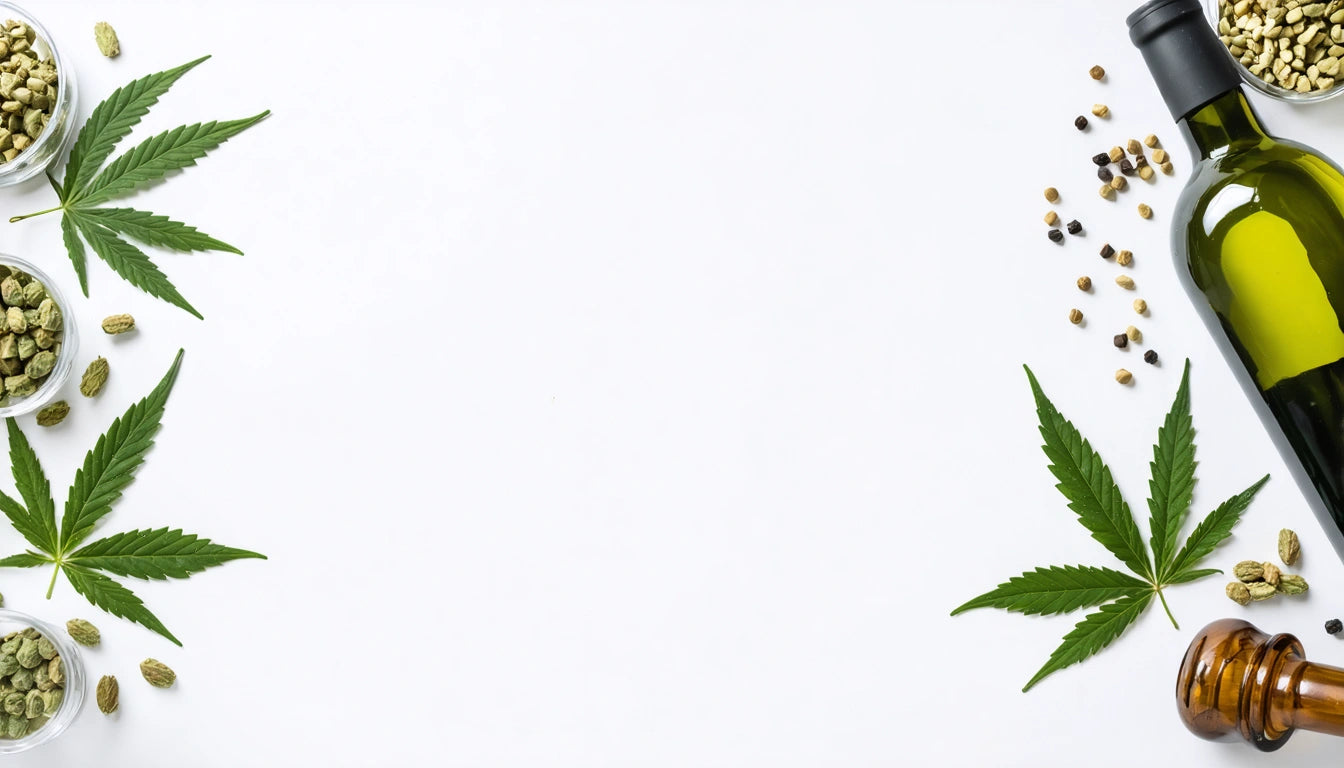Table of Contents
Understanding Colorado's Tax Revenue from Marijuana and Alcohol
Since legalizing recreational marijuana in 2014, Colorado has established itself as a pioneer in cannabis regulation and taxation. The state's approach to generating revenue from both marijuana and alcohol provides valuable insights into how controlled substances can contribute to public funding. This comprehensive analysis examines the tax structures, revenue generation, and economic impacts of these industries in Colorado.
Colorado's Marijuana Tax Structure: Breaking Down the Numbers
Colorado's cannabis tax framework consists of multiple layers designed to generate revenue while regulating the industry. According to Colorado's cannabis tax structure, the state imposes several distinct taxes:
- 15% excise tax on wholesale marijuana
- 15% special retail marijuana sales tax
- Standard state sales tax of 2.9%
- Local taxes varying by municipality
This multi-tiered approach has proven remarkably effective. In 2022 alone, Colorado collected over $325 million in marijuana taxes, bringing the total colorado pot tax revenue since legalization to more than $2.2 billion. This substantial figure demonstrates the financial potential of regulated cannabis markets.
Alcohol Tax Contribution to Colorado's Revenue
While marijuana taxation receives significant attention, Colorado's alcohol tax also contributes substantially to state coffers. The colorado alcohol tax structure differs significantly from cannabis:
- Beer: $0.08 per gallon
- Wine: $0.28 per gallon
- Spirits: $2.28 per gallon
These rates are relatively low compared to other states, yet they generate consistent revenue. In fiscal year 2022, Colorado collected approximately $53 million from alcohol excise taxes. While this figure is smaller than marijuana tax revenue, it represents a stable, long-established funding source.
Comparing Revenue Streams: Marijuana vs. Alcohol
When comparing colorado tax revenue from weed to alcohol, several key differences emerge:
Marijuana taxation has shown more volatile growth patterns, with rapid initial increases followed by stabilization. Alcohol taxation, conversely, demonstrates steadier, more predictable growth aligned with population increases and consumption patterns.
The cannabis industry's manufacturing sector has seen significant technological advancement, with businesses investing in equipment like commercial-grade cannabis grinders and processing machines that improve efficiency and product consistency, ultimately affecting tax revenue through increased production capacity.
Distribution of Tax Funds: Where the Money Goes
Colorado's approach to distributing tax revenue showcases thoughtful policy design. The state allocates marijuana tax funds to specific programs:
- BEST (Building Excellent Schools Today) program: $40 million annually
- Public school funding
- Substance abuse prevention and treatment
- Research programs
- Law enforcement and regulatory oversight
This targeted distribution ensures that revenue from colorado weed tax directly addresses community needs and mitigates potential negative impacts of legalization. As explained in Colorado's marijuana laws guide, this structured allocation has become a model for other states.
Economic Impact Beyond Direct Tax Revenue
The economic benefits extend beyond direct colorado pot revenue. Both industries have created thousands of jobs across the state:
- Cannabis industry: Approximately 35,000 direct jobs
- Alcohol industry: Over 40,000 jobs including production, distribution, and retail
Additionally, these sectors drive tourism and related spending. Cannabis tourism alone brings an estimated $1.2 billion in economic activity to Colorado annually. The combined effect has contributed to Colorado's strong economic performance, with unemployment rates consistently below national averages.
Property values near dispensaries have also seen increases, further expanding the local tax base through property taxes. This multiplier effect amplifies the impact of the original tax revenue from both substances.
Future Projections and Potential Policy Changes
Looking ahead, several factors will influence Colorado's tax revenue from these industries:
Market saturation may limit further growth in cannabis tax revenue, though innovation in products and consumption methods could offset this trend. The potential federal legalization of marijuana would dramatically alter the competitive landscape, possibly reducing Colorado's first-mover advantage.
Climate change impacts on agriculture may affect production costs for both industries, potentially influencing tax revenue. Changing consumer preferences, particularly among younger demographics shifting away from alcohol toward cannabis or abstention, could reshape the revenue balance between these substances.
Potential tax rate adjustments are also under consideration. Some lawmakers have proposed increasing the colorado tax on alcohol to align more closely with marijuana taxation levels, which could significantly boost revenue from the alcohol sector.
As other states develop their own taxation models, Colorado continues to refine its approach, balancing revenue generation with public health considerations and market sustainability. The lessons learned from Colorado's pioneering efforts will likely influence policy nationwide for decades to come.











Leave a comment
All comments are moderated before being published.
This site is protected by hCaptcha and the hCaptcha Privacy Policy and Terms of Service apply.